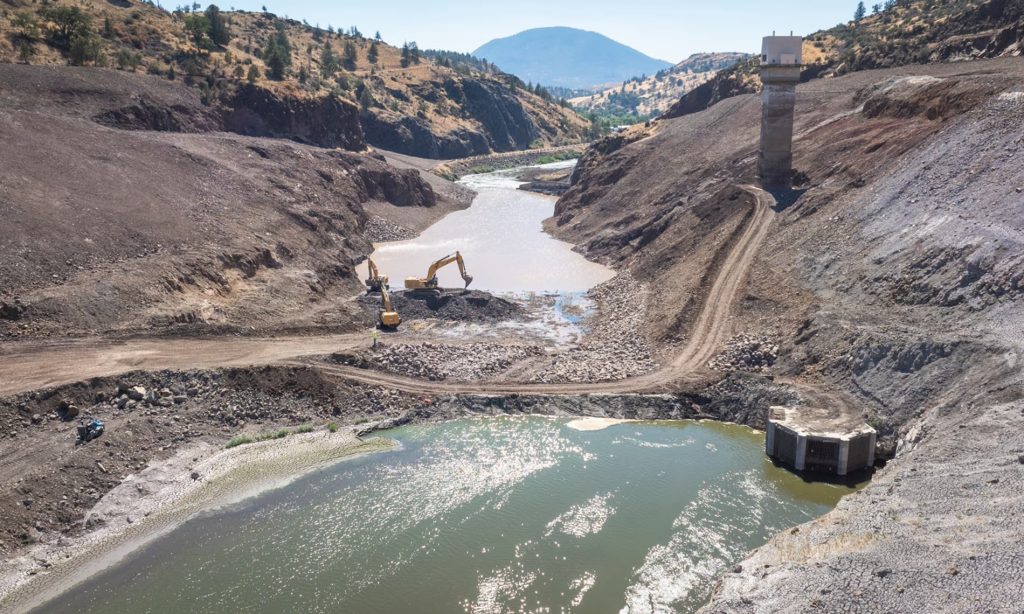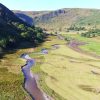The Klamath River’s restoration, a culmination of a 20-year campaign led by tribes, environmentalists, and allies, marked a significant victory with the removal of four long-standing dams. This milestone was celebrated in late September when the last concrete remnants of the dams were removed, allowing fish to migrate freely for the first time in nearly a century.
The dam removal, recognized as the largest project of its kind in the world, symbolizes not only ecological restoration but also the healing of communities deeply impacted by the dams’ presence. Around 500 people gathered to commemorate the event, reflecting on the long journey toward restoration that has now entered a new phase.
The dam removals represent a pivotal moment for the Klamath River Basin, which has endured over a century of environmental degradation and social injustices against tribal communities.
The construction of dams on ancestral lands disrupted traditional fishing practices and led to severe ecological imbalances, particularly affecting salmon populations. According to tribal leaders, the loss of fish, especially salmon, deeply impacted their culture and food security, with some tribes losing up to 25% of their food supply due to the barriers created by the dams.
Klamath tribal leaders, like William Ray, emphasized the personal and communal toll of these barriers, recounting how the last salmon were caught from the river in the early 20th century after the first dam’s construction.
This drastic reduction in fish populations compelled the tribes to cease fishing altogether by the 1980s, as species critical to their diets became endangered. The Klamath Tribes have struggled with insufficient water supplies and toxic conditions in Upper Klamath Lake, leading to an ongoing effort to restore these vital fish stocks and habitats.

Over the years, diverse tribes in the region, including the Yurok, Karuk, Hupa, and Klamath, united in their fight against the dams, which culminated in a groundbreaking agreement to dismantle them. Despite numerous challenges, including political opposition and legal battles, the combined efforts of the tribes and their allies ultimately led to the success of the dam removal project.
Oregon Senator Jeff Merkley remarked on the project as one of the most significant environmental achievements of his career, noting that it not only benefits the natural world but also helps to mend the relationships between communities and their environment.
The future of the Klamath River looks promising, with signs of salmon returning to areas previously blocked by dams. Researchers have indicated that Chinook salmon have already been seen migrating upstream beyond the former sites of the dams.
The Shasta Indian Nation, which will regain over 2,800 acres of land previously submerged by the Copco I reservoir, plans to incorporate cultural practices into land rehabilitation. This restoration effort will allow the tribe to cultivate traditional foods and reestablish their cultural heritage in the region.
As restoration efforts continue, significant funding has been allocated for salmon recovery and habitat improvements, ensuring that the Upper Klamath Basin receives the attention it needs. However, challenges remain, particularly concerning water management and habitat restoration.
Tribal leaders remain hopeful, with plans to hold a “welcome home salmon ceremony” in 2025, signaling a renewed commitment to restoring their cultural and environmental heritage. This journey reflects a broader narrative of resilience, collaboration, and the restoration of natural and community health in the Klamath River Basin.

